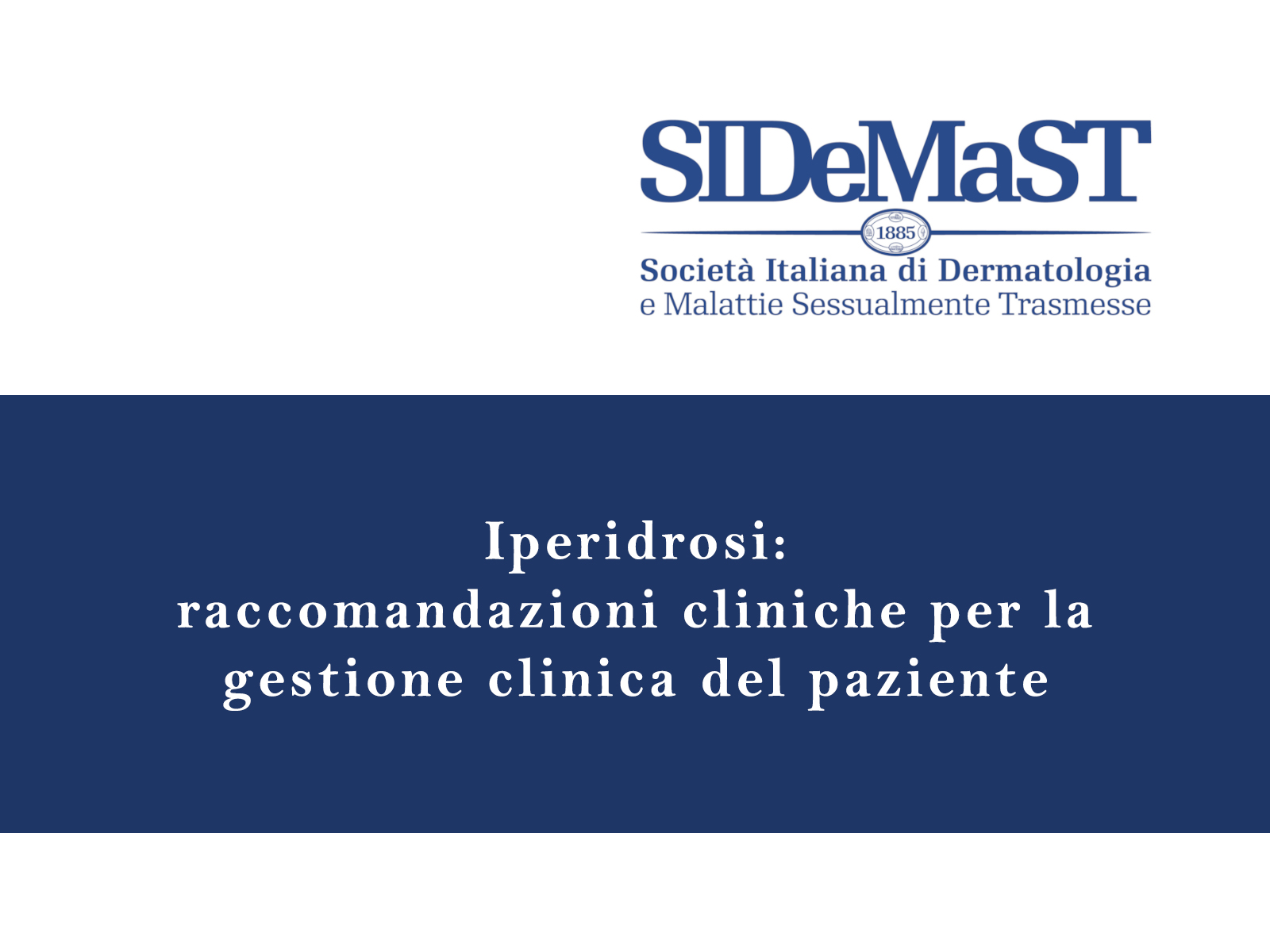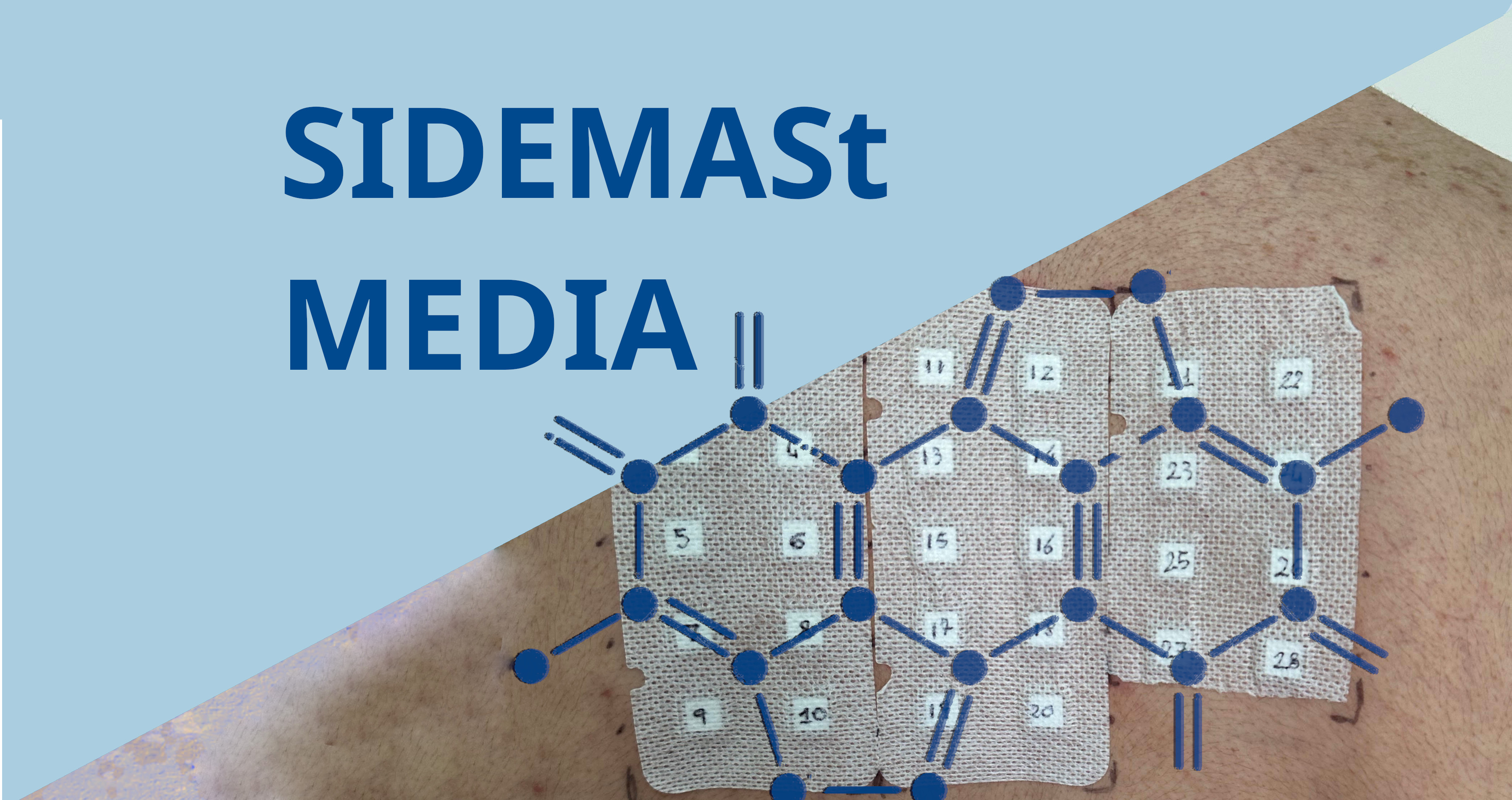By carefully tracing a line of at least 2 mm outside of and around the edges of individual dysplastic nevi, physicians can remove all of its cells and avert the need for a second surgery.
The recommendation for such a tightly defined surgical margin is published in the Journal of the American Academy of Dermatology.
Such margin guidelines are needed because as many as two-thirds of the hundreds of thousands of suspicious skin moles removed each year in the United States require re-excision. Second procedures introduce more risk of infection, bleeding, and scarring, as well as inconvenience and unnecessary costs.
"Although the vast majority of suspicious-looking skin moles do not turn out to be cancerous melanomas, once a decision has been made to remove a mole, there should be a clearer standard margin," said David Polsky, MD, Perlmutter Cancer Center at NYU Langone Health, New York, New York.
He noted that most physicians cut out either just the darkest portion of a suspicious mole, or when removing the entire mole, opt for a very small, imprecise 1 mm margin around the molès edge.
"Our study shows that a 'one and donè approach with a clearly defined, slightly larger margin is safer and more effective in completely removing suspicious moles with a single procedure than the current non-standardised approach," said Dr. Polsky.
For the study, researchers removed 151 suspicious skin moles in 138 men and women, all patients at NYU Langone, which provided all supplies and funding for the study. Most biopsies came from the arms, legs, and backs.
All patients underwent the biopsy procedure, involving complete mole removal with a 2 mm margin, between January and August 2015. Researchers then monitored the patients for about 1.5 years after their procedures and found that none had any further suspicious growths at their biopsy sites.
Lab testing showed that more than 90% of biopsied moles were completely removed by using the single procedure, with 11 (7%) diagnosed as melanoma.
"While our study did not directly compare use of the wider margin to a narrower margin, the common practice of removing moles with narrow margins and performing a second 'clean-up' procedure suggests a need to move toward wider margins during the initial procedure," said Dr. Polsky.
If further data support the current findings, he hopes that other cancer centres will also adopt his "one and done" approach, and, if so, he will recommend changes to the next edition of practice guidelines issued by the American Academy of Dermatology.
Reference: j.jaad.2017.07.016
SOURCE: NYU Langone Health









